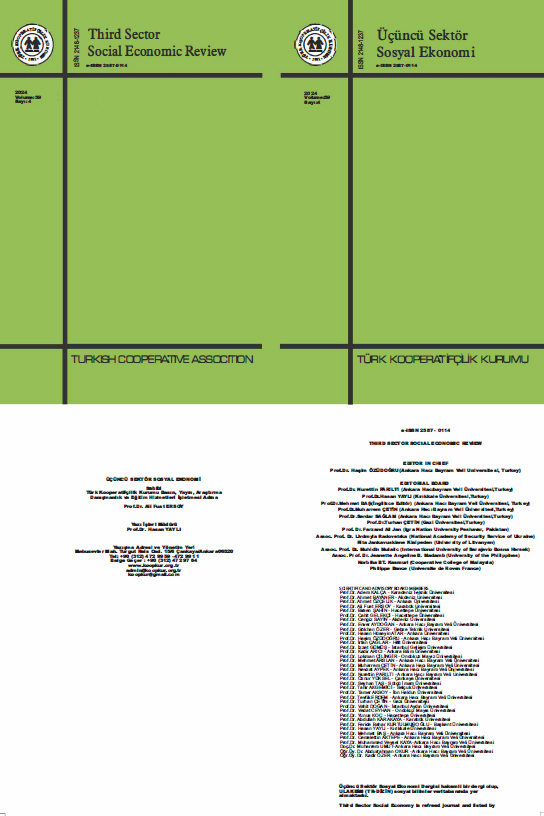ANALYSIS OF THE JOBLESS GROWTH HYPOTHESIS IN TÜRKİYE: FOURIER QUANTILE CAUSALITY TEST
Keywords:
Economic Growth, Employment, Türkiye, Fourier KPSS Stationarity Test, Fourier Quantile Causality Test.Abstract
Employment and economic growth variables are considered as the success indicators of national economies and are indispensable elements of the economic policies of every country, regardless of its level of development. In other words, an increase in the amount of goods and services produced through economic growth is expected to lead to an increase in the labor force used to produce them. However, it is observed that the opposite of this expectation has recently emerged in practice and that employment rates have decreased in some countries despite the increase in economic growth. This situation is called “jobless growth”. In this process in which economic growth does not generate employment growth, unemployment rates generally increase. In this framework, the aim of the study is to test the validity of the jobless growth hypothesis for the Turkish economy by using quarterly data covering the period 2005:Q1-2024:Q1 separately using growth rate, employment rate, male employment rate and female employment rate data. For this purpose, in the analysis part of the study, the Fourier KPSS stationarity test was first applied to the variables and then the Fourier Quantile causality test was used to examine the relationship between economic growth and employment variables. According to the results of the analysis, no causality relationship was found from growth to employment, male employment and female employment. Therefore, it is concluded that the jobless growth hypothesis is valid in Türkiye in general and in terms of gender.









